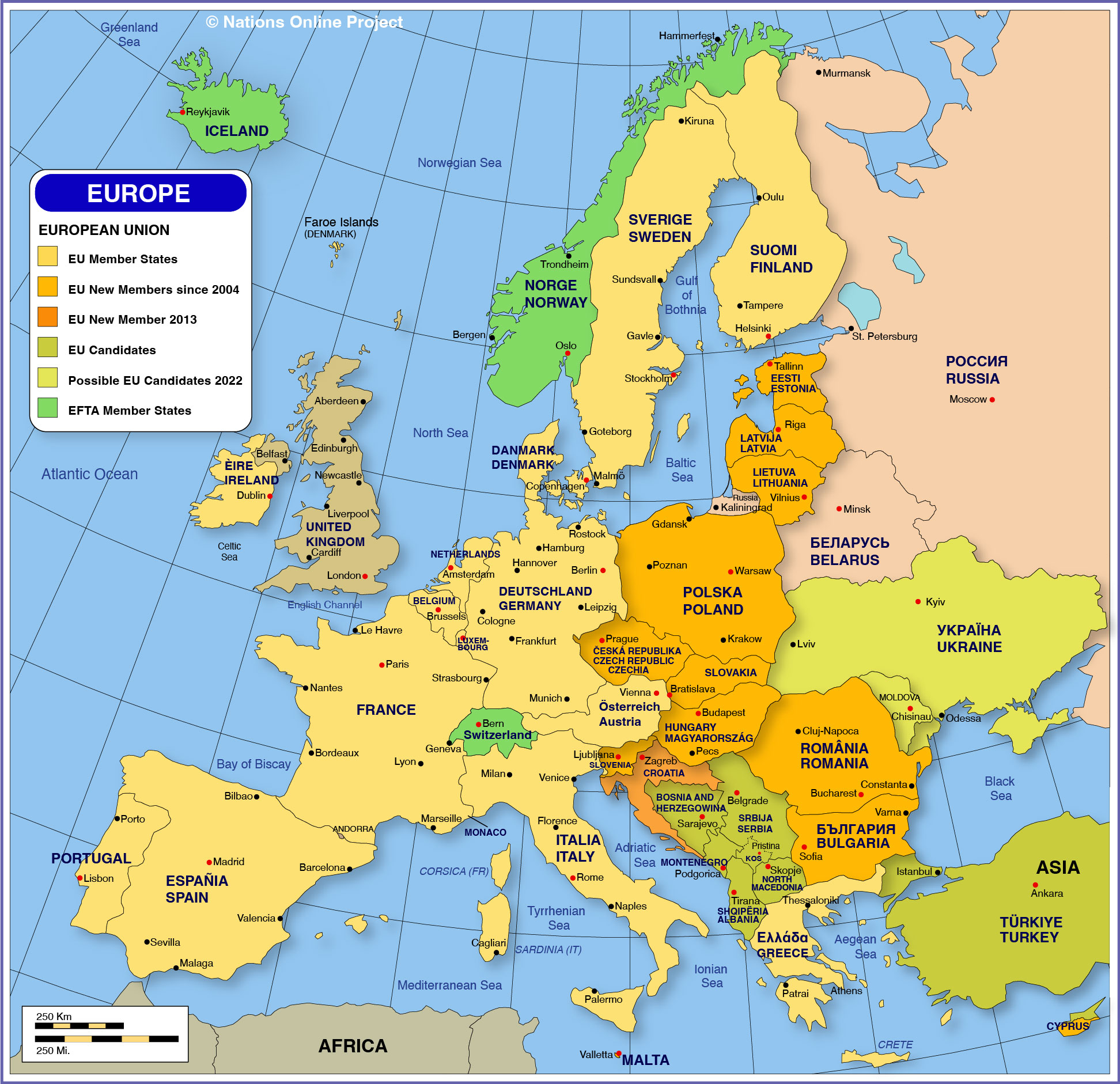
Tentu, ini draf artikel berbahasa Inggris tentang peringkat influencer analisis sepak bola, dengan perkiraan panjang sekitar 1200 kata.
The Architects of Insight: Ranking the Top Influencers in Football Analytics
Football, the beautiful game, has always been rich in passion, drama, and tactical nuance. For decades, expert opinion, gut feelings, and the eye test were the primary lenses through which the sport was understood and dissected. However, the last two decades have witnessed a seismic shift, powered by the rise of data analytics. From expected goals (xG) to advanced defensive metrics and sophisticated player tracking, data has permeated every facet of the game, from scouting and recruitment to in-game tactical decisions and post-match analysis.
At the heart of this revolution are the innovators, communicators, and thought leaders who have not only developed the tools and methodologies but also championed their adoption and made them accessible to a broader audience. These are the football analytics influencers – individuals and entities whose work shapes our understanding, challenges conventional wisdom, and drives the conversation forward.
Ranking influence is inherently subjective. It’s not merely about social media followers, but a blend of innovation, impact on professional clubs, contribution to public discourse, educational value, and the ability to inspire future generations of analysts. This article attempts to identify and rank some of the most pivotal figures and organizations, acknowledging that the field is dynamic and many unsung heroes contribute immensely behind the scenes.
Defining "Influence" in Football Analytics
Before diving into the rankings, let’s establish the criteria for influence in this specialized domain:
- Methodological Innovation: Developing new metrics, models, or analytical frameworks that provide deeper insights into the game.
- Impact on Professional Clubs: Directly contributing to decision-making, recruitment, or tactical strategy at an elite level.
- Public Communication & Accessibility: Translating complex data into understandable narratives for media, fans, and aspiring analysts.
- Community Building & Education: Fostering a collaborative environment, sharing knowledge, and inspiring others through tutorials, open-source projects, or mentorship.
- Longevity & Consistent Contribution: Sustained impact over a significant period, adapting to the evolving landscape of football data.
Our ranking attempts to balance these factors, giving weight to those who have truly pushed the boundaries and had a tangible effect on how football is perceived and played.
The Methodology for Our Ranking
This ranking is a qualitative assessment based on the author’s extensive observation of the football analytics landscape, public recognition, cited contributions, and perceived impact. It is not derived from a quantitative model but rather an informed judgment of individuals’ and entities’ overall influence. We prioritize individuals where possible, but acknowledge that some organizations are so foundational they warrant inclusion as a collective force.
The Architects of Insight: Our Top Influencers in Football Analytics
1. Ted Knutson (StatsBomb)
Without a doubt, Ted Knutson stands as a towering figure in football analytics. As the founder of StatsBomb, he didn’t just advocate for better data; he built a company that delivered it. StatsBomb revolutionized the industry by moving beyond simple event data to collect "contextual data" – including pressures, pass receipts, and advanced defensive actions – offering a richer, more nuanced understanding of player performance and team tactics. Knutson’s outspoken nature, willingness to challenge the status quo, and his company’s commitment to sharing open data (like their free public data sets) have democratized access and fueled a new wave of analytical exploration. His pioneering work with xG and his aggressive push for higher quality, more detailed data make him the undisputed leader in shaping modern football analytics.
2. Opta / Stats Perform (As an Entity)
While not a single individual, Opta (now part of Stats Perform) is the foundational pillar upon which much of modern football analytics is built. For years, they were the primary provider of detailed event data to media organizations, professional clubs, and independent analysts worldwide. Their meticulous data collection, standardized definitions, and wide reach have made their datasets the industry standard. Every analyst using xG, passing networks, or defensive metrics often starts with Opta data. Their influence is pervasive, acting as the essential infrastructure for virtually all advanced analytical work in football. Key individuals within Opta/Stats Perform have also been influential communicators, but the entity itself is the most impactful data source.
3. Michael Caley (Broadcaster & Analyst)
Michael Caley is a true pioneer in making complex analytical concepts accessible to the masses. He is widely credited with popularizing Expected Goals (xG) as a concept in public discourse, through his groundbreaking visualizations and clear explanations. His xG models, initially developed independently, provided a powerful tool for evaluating attacking performance beyond mere shot counts. Caley’s ability to simplify intricate ideas and present them in an engaging visual format made xG a household term among football fans and analysts alike, fundamentally changing how goals are discussed and understood. His influence stems from his early innovation and exceptional communication skills.
4. Dr. Will Spearman (Liverpool FC)
Dr. Will Spearman represents the pinnacle of applying cutting-edge academic research directly within an elite professional football club. As Lead Data Scientist at Liverpool FC, he has been instrumental in integrating advanced analytics into the club’s decision-making processes, from player recruitment to tactical planning. His background in theoretical physics and his work on spatial data, pitch control models, and player movement have pushed the boundaries of what’s possible in a club environment. Spearman’s influence lies in demonstrating the tangible, on-field benefits of deep analytical integration at the highest level of the game, setting a benchmark for other clubs.
5. Sam Gregory (The Analyst / Opta)
Sam Gregory is a brilliant communicator and storyteller in the world of football analytics. As Head of Content at Stats Perform’s "The Analyst" platform, he plays a crucial role in translating complex data insights into engaging articles, videos, and social media content that appeal to both casual fans and seasoned analysts. His ability to craft compelling narratives around data makes advanced metrics digestible and exciting. Gregory’s influence is in broadening the appeal of analytics, demonstrating its practical applications, and fostering a deeper understanding of the game through data-driven storytelling.
6. Ben Pugsley (Liverpool FC)
Another key figure in Liverpool’s highly regarded analytics department, Ben Pugsley has been a long-standing contributor to the club’s data-driven success. His work, often conducted behind the scenes, involves developing and implementing sophisticated models for player evaluation and tactical analysis. Pugsley’s influence, alongside Dr. Spearman and others at Liverpool, showcases the immense value of a dedicated, innovative analytics team within a top-tier club. He represents the silent but profoundly impactful work that directly influences silverware.
7. Ravi Ramineni (Arsenal FC)
Ravi Ramineni, Head of Analytics at Arsenal FC, is another prime example of an individual who has successfully integrated advanced analytics into a major club’s operations. His work involves leveraging data to inform scouting, player development, and tactical strategies. Ramineni’s background and expertise highlight the growing trend of top clubs investing heavily in internal analytical capabilities. His influence is in driving the practical application of analytics at an elite level, contributing to the competitive edge of one of the Premier League’s biggest clubs.
8. The Team at SmarterScout / Analytics FC (Lasse Lambrecht, Marek Kwiatkowski, etc.)
SmarterScout, founded by Lasse Lambrecht and with key contributions from figures like Marek Kwiatkowski and others, has democratized advanced scouting analysis. Their platform provides publicly accessible player profiles based on detailed performance data, allowing users to compare players across different leagues and playing styles. Analytics FC, their consultancy arm, further extends their impact by working directly with clubs. Their influence comes from creating user-friendly, powerful tools that enable a wider audience – from professional scouts to passionate fans – to conduct sophisticated player analysis, previously reserved for elite clubs.
9. James Yorke (StatsBomb / Analyst)
James Yorke is known for his deep tactical understanding married with rigorous data analysis. As a key figure at StatsBomb and a prolific writer, he has consistently produced insightful articles that explain complex footballing concepts through the lens of data. Yorke’s ability to bridge the gap between abstract metrics and on-field tactical realities makes him a highly respected voice. His influence lies in his clear, concise explanations and his commitment to using data to enhance tactical understanding, moving beyond simple statistical output to derive meaningful insights.
10. Sarah Rudd (Former StatDNA / Arsenal FC)
Sarah Rudd was a pioneering figure in the early days of club analytics, particularly through her work at StatDNA, the analytics company acquired by Arsenal FC. Her contributions laid much of the groundwork for how a Premier League club could integrate sophisticated data analysis into its recruitment and performance processes. While her public profile might be lower than some, her foundational work in establishing data science capabilities within a top football club had a significant, lasting impact and paved the way for many who followed.
Beyond the Top 10: The Broader Ecosystem of Influence
The world of football analytics is far richer than a mere top ten list can capture. Many other individuals and groups contribute immensely:
- Academic Researchers: Figures like Professor David Sumpter (author of "Soccermatics") and Dr. Javier Fernandez (creator of Metrica Sports) have pushed the theoretical boundaries of football analysis and made their work accessible through books, papers, and open-source tools.
- Specialist Journalists & Writers: Many writers at publications like The Athletic, ESPN, and independent blogs consistently use data to enrich their reporting and analysis, educating a vast readership.
- Tool Developers & Open-Source Contributors: The developers behind Python libraries (e.g.,
mplsoccer,kloppy,statsbombpy) and R packages that make football data manipulation and visualization easier are unsung heroes. - The Twitter Analytics Community: A vibrant, collaborative community of thousands of analysts who share insights, visualizations, and code, fostering rapid learning and innovation.
- Content Creators & Podcasters: Individuals who use podcasts, YouTube channels, and newsletters to explain analytics concepts and discuss data-driven insights.
The Evolving Landscape of Football Analytics Influence
The journey of football analytics has been rapid, moving from a niche academic pursuit to an indispensable tool in the professional game. The influence landscape will continue to evolve:
- Increased Club Adoption: More clubs, across all tiers, will establish and expand their analytics departments, leading to more internal influencers.
- AI and Machine Learning: The integration of advanced AI and machine learning techniques will unlock new insights from complex datasets (e.g., tracking data, video analysis). Influencers will be those who can harness these technologies effectively.
- Democratisation of Data: As more open-source data and tools become available, the barrier to entry for aspiring analysts will lower, leading to a more diverse pool of influential voices.
- The Importance of Storytelling: As data becomes ubiquitous, the ability to tell compelling, actionable stories with data will become even more critical for influence.
Conclusion
The influencers in football analytics are not just statisticians or data scientists; they are visionaries who have reshaped how we understand and appreciate the world’s most popular sport. From the fundamental data providers to the pioneering model builders, the club-level integrators, and the master communicators, each plays a vital role in pushing the boundaries of insight. Their collective efforts have not only made the game more transparent and understandable but have also empowered clubs to make smarter decisions and fans to engage with football on a deeper, more analytical level. As the field continues to grow and mature, these architects of insight will undoubtedly continue to illuminate the beautiful game with the power of data.


